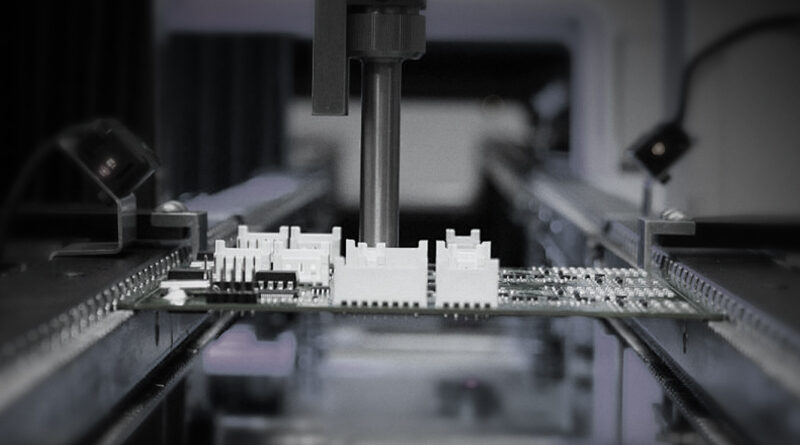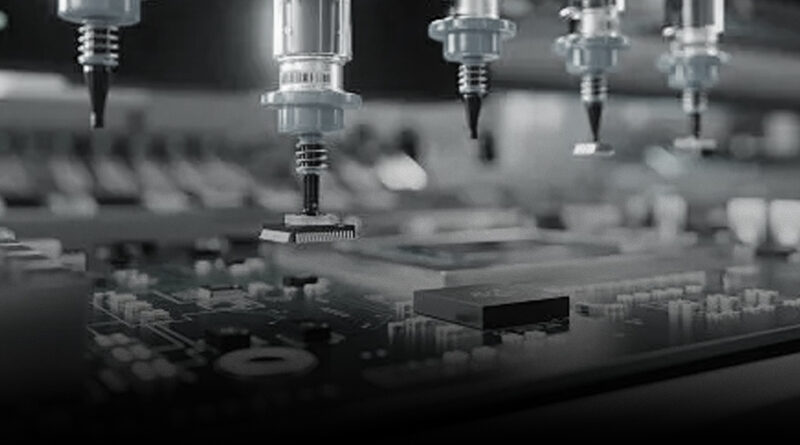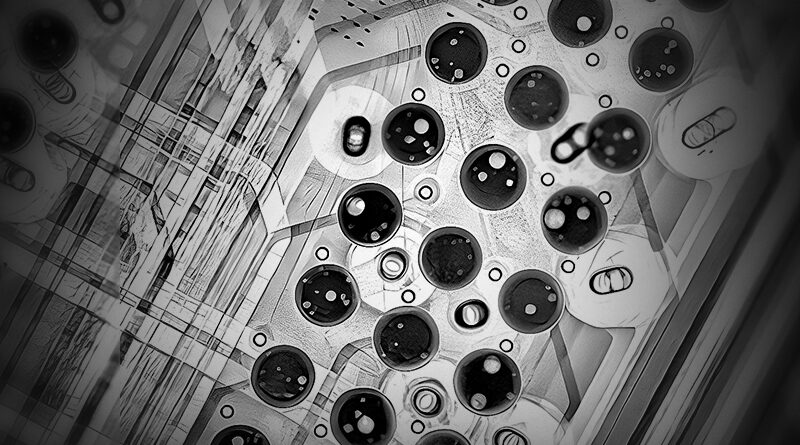In the fast-evolving world of electronics manufacturing, the quest for quality assurance has never been more critical. As components become smaller and more intricate, traditional inspection methods are struggling to keep pace. This is where X-Ray SMD (Surface Mount Device) counters come into play, offering an advanced solution for ensuring the integrity of electronic assemblies. In this comprehensive guide, we explore what X-Ray SMD counters are, their operational principles, their benefits, and how they are set to reshape the landscape of electronics inspection.
Understanding X-Ray SMD Counters
X-Ray SMD counters utilize sophisticated imaging technology to provide a detailed view of solder joints, component placements, and the internal configurations of electronic devices. Unlike conventional visual inspections, which can miss hidden faults, X-Ray technology penetrates the surface and reveals any inadequacies that could lead to product failure.
The fundamental principle behind X-Ray SMD counters is simple: they project X-Rays through the assembly, which are then detected and translated into detailed images. These images help operators identify issues such as:
- Misalignments
- Cold solder joints
- Cracked components
- Void detection in solder
The Importance of Quality Assurance
As consumers demand higher-performance devices with longer lifespans, manufacturers must prioritize quality assurance more than ever. A failure in an electronic product can lead to severe ramifications, including warranty claims, reputational damage, and financial loss. By employing X-Ray SMD counters, businesses can significantly enhance their inspection processes, ensuring higher quality output and customer satisfaction.
How X-Ray SMD Counters Work
The operation of an X-Ray SMD counter can be broken down into several fundamental steps:
- Image Acquisition: The device generates X-Rays that penetrate the device under examination. The rays interact differently with various materials, which helps create a contrast in the resulting image.
- Image Processing: Advanced image processing algorithms enhance the clarity and detail of the captured images, allowing for easy interpretation and analysis.
- Analysis and Reporting: Operators review the images to identify defects or issues. Custom software is often used to generate detailed reports that outline the findings comprehensively.
Advantages of Using X-Ray SMD Counters
Utilizing X-Ray SMD counters in electronics inspection offers a host of benefits:
- Enhancing Accuracy: X-Ray imaging provides a higher level of detail than traditional methods, reducing the likelihood of missing defects.
- Speeding Up Production: Automation of inspection processes with SMD counters significantly reduces downtime and expedites production lines.
- Non-Destructive Testing: Unlike other testing methods, X-Ray technology is non-invasive, allowing for complete evaluations without damaging the product.
- Increasing Reliability: By ensuring that products meet stringent quality standards, manufacturers can build trust with clients and bolster brand reputation.
Applications of X-Ray SMD Counters
X-Ray SMD counters find utility in various stages of electronics manufacturing, including:
- PCB Assembly: They play a crucial role in inspecting printed circuit boards for solder defects and component alignment issues.
- Final Product Inspection: Before products are shipped, X-Ray counters can verify the integrity of the completed assembly, ensuring they are free from internal faults.
- Failure Analysis: When defects are identified in the field, X-Ray imaging can help ascertain the cause, providing valuable data for future designs.
The Future of X-Ray SMD Counters
As technology continues to advance, the X-Ray SMD counter industry is also poised for innovation. The future promises enhanced imaging software with artificial intelligence capabilities that can predict potential defects before they occur. Companies are eager to invest in features such as:
- Real-Time Monitoring: Incorporating real-time analytics can provide immediate feedback, enabling manufacturers to adjust processes as needed.
- Integration with IoT: Connected devices can streamline data sharing and enhance collaborative diagnostics.
- Increased Portability: Future models of X-Ray SMD counters may be more compact and easier to use, facilitating onsite inspections.
Choosing the Right X-Ray SMD Counter
When it comes to selecting an X-Ray SMD counter, manufacturers have various options to consider based on their unique needs:
- Image Quality: Look for systems that offer high-resolution imaging with adequate contrast and clarity.
- Speed and Efficiency: Evaluate the throughput to ensure it meets production demands without bottlenecking workflow.
- Software Features: Consider systems with intuitive interfaces and robust analytical features that facilitate easy operation and reporting.
- Customer Support: Opt for suppliers that provide strong technical support and maintenance services to keep your systems running smoothly.
Final Thoughts
The increasing intricacies of electronics manufacturing necessitate an equally advanced approach to quality assurance. X-Ray SMD counters embody that evolution, merging cutting-edge technology with practical applications within the industry. By leveraging these systems, businesses can enhance their inspection processes while ensuring the integrity and reliability of their electronic products. In this competitive landscape, adopting innovative solutions like X-Ray SMD counters is no longer an option; it is a vital strategy for success and sustainability.





